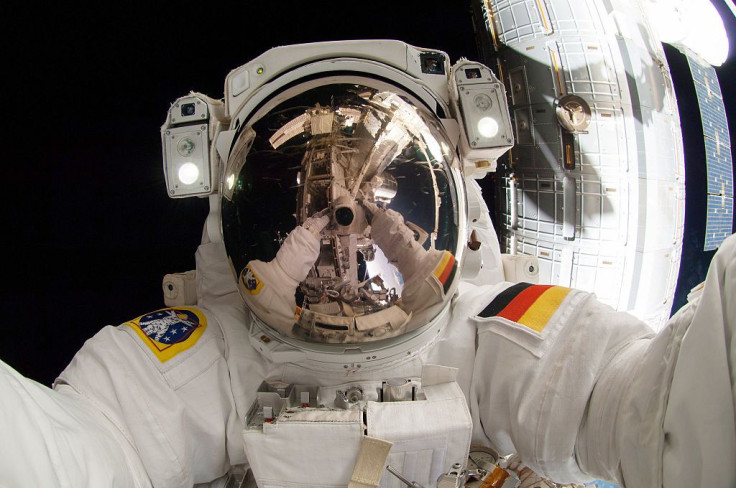Will NASA’s Artemis Moon Mission Have An All-Female Crew?

An official from NASA confirmed that the space agency is considering sending an all-female crew to handle the upcoming Artemis mission to the Moon in 2024.
Jim Bridenstine, the administrator for NASA, made the confirmation during a forum for engineering students held at the University of Colorado on Friday. During the event, one of the students asked the NASA official if it would be possible to see an all-female crew overseeing the agency’s Artemis mission.
According to Bridenstine, this idea has already been considered by NASA. He noted that there’s a good chance that the agency will proceed with two female astronauts for the upcoming human expedition to the Moon.
“Have we considered it?” Bridenstine said during the event. “Yes, and it wouldn’t surprise me if that’s what we did.”
“We could have a crew of two women going to the Moon within five years,” he added.
NASA has not yet identified who the candidates will be for the upcoming mission. Originally, the space agency wanted male and female astronauts for the Artemis program.
According to Bridenstine, the decision to include a female astronaut in the upcoming mission to the Moon represents the program’s goal of inclusion and to inspire a new generation of women.
“I have a daughter who is 11 years old, and I want her to be able to see herself in the same role as the next women [who] go to the Moon see themselves in today,” Bridenstine told reporters earlier this year after announcing the details of the Artemis program.
“This is really a beautiful moment in American history, and I am very proud to be a part of it,” he added.
The Artemis program will be NASA’s attempt to send humans back to the Moon after 50 years. It will also serve as the first step in the agency’s effort to expand its deep space expeditions by establishing a lunar outpost. From the Moon, the outpost could operate as a jumping point for the agency’s other future missions such as the human expedition to Mars. The program is scheduled to kick-off sometime in 2024.
© Copyright IBTimes 2025. All rights reserved.





















